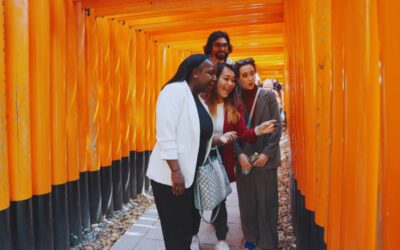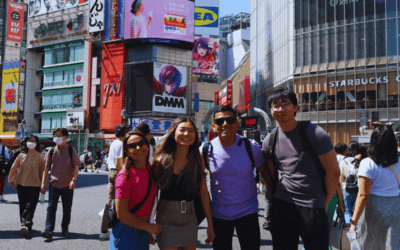Nagoya is certain to have something of interest for you, regardless of your area of historical interest. In addition to a fondness for robotics and cutting-edge concepts, Nagoya also has a distinguished heritage and is regarded as the origin of both samurai and ninja culture.
Nagoya, the fourth-largest city in Japan, is located in the beautiful Aichi region. Perhaps its most well-known attribute is that it is the centre of the Japanese auto industry, home to all the big players, including Toyota, Honda, and Mitsubishi.
A Crash Course on Nagoya’s History
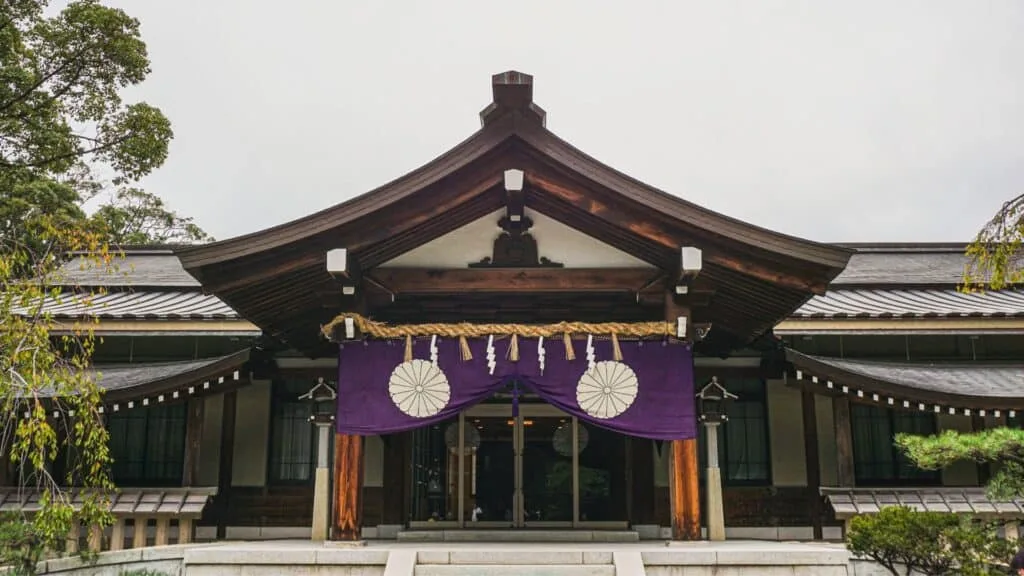
Nagoya’s history began in Atsuta, where the city was founded around the Atsuta Shrine, which boasts a history of over 1,900 years. During the Edo period (1603-1867), the town flourished as an inn town on the Tokaido Highway. The fish market located at the mouth of the Horikawa River was also very active, and during the Tempo period (1615-1868), the town became the largest inn town in Japan, with nearly 250 inns. Kuwana, in second place, had about 120 inns, making Nagoya more than twice as prosperous.
Even today, Atsuta Jingu Shrine is visited by worshippers from Japan and abroad, and traces of the town’s prosperity as a gate town, inn town, and harbour town can still be seen throughout the city. The northern part of the district is adjacent to Kanayama Station, served by JR, Meitetsu, and subway lines, and condominiums are increasing along these routes. The bustle of the old days lives on today, and the town has a strong sense of history.
How to Get to Nagoya

The Shinkansen is the easiest way to get from Tokyo to Nagoya, as it is a short ride. Shinkansen trains include the Tokaido Shinkansen Nozomi, Hikari, and Kodama.
Each train stops at different stations and takes a varying amount of time, listed in order of speed: Nozomi > Hikari > Kodama. Nozomi trains stop only at major stations, while Kodama trains stop at every station. The fare for unreserved seats is the same for all trains, but the fare for reserved seats is a little more expensive for Nozomi.
Fares and boarding times between Tokyo and Nagoya are as follows:
| Train | Fare | Boarding Time |
|---|---|---|
| Nozomi | 11,300 yen | Approx. 1 hour and 40 minutes |
| Hikari | 11,090 yen | Approx. 1 hour and 45 minutes to 2 hours |
| Kodama | 11,090 yen | Approx. 2 hours and 30 minutes to 2 hours and 40 minutes |
Hop on the Shinkansen, and you’ll be in Nagoya before you know it!
Top 15 Things to Do in Nagoya
1. Appreciate Nagoya Castle.
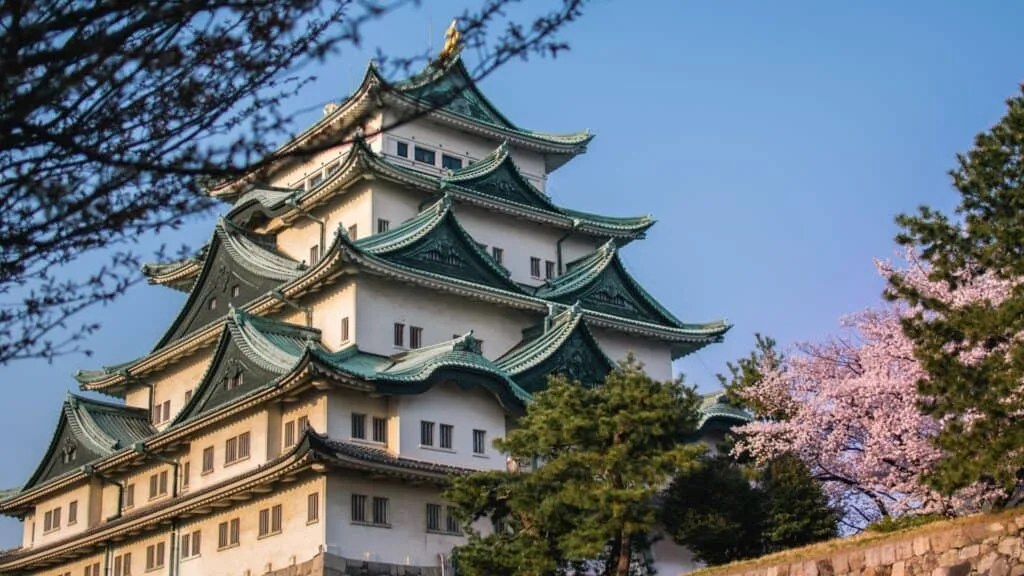
Nagoya Castle is one of the most famous tourist attractions in Nagoya. In 1610, Tokugawa Ieyasu built Nagoya Castle as the last strategic point for unifying the country, and since then, it has been the residence of the Owari Tokugawa family, one of the three Tokugawa families.
However, the history of Nagoya Castle has not been smooth sailing. In May 1945, most of the buildings were reduced to ashes in an air raid on Nagoya. Only six buildings, including the southwest and southeast corner turrets, remain unchanged from the days of the Owari clan. Nevertheless, the Nagoya Castle tower, which has stood over Owari for so long, was revived in 1959. The five-storey main keep with golden orchids and the minor keep were rebuilt, restoring the castle to its former grandeur.
Location:
1-1 Honmaru, Naka-ku, Nagoya 460-0031
Price:
Admission: 500 yen for adults, free for junior high school students and younger, 100 yen for those aged 65 and over who live in Nagoya City
* Prices are subject to change, so please check the official website.
Opening Times:
9AM – 4:30PM
2. Visit Nagoya TV Tower.
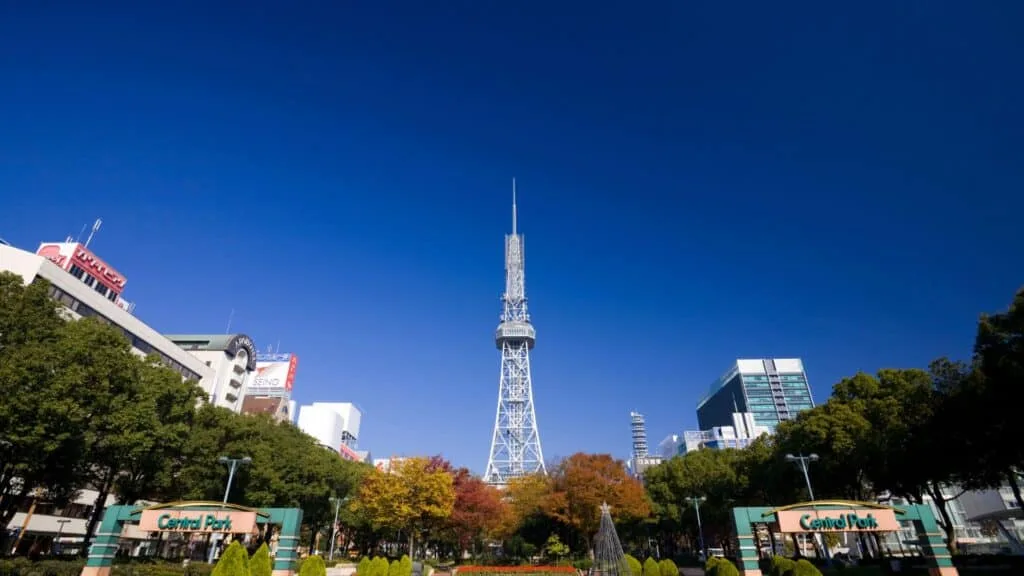
One of the earliest radio towers in Japan is the Nagoya TV Tower, constructed in 1954 at Sakae, the city’s core. It is recognised as a national tangible cultural property and is well-known as a symbol of Nagoya. The tower was acknowledged as a sacred location for lovers in 2008 and was named a Japan Nightscape Heritage Monument in 2013.
On a clear day, you can see the Suzuka Mountains in the distance from the tower’s balcony, which is 100 metres above the ground and has a sky deck 90 metres above the ground. The tower is 180 metres high. For couples looking to enjoy an evening date in Nagoya, this is a suggested location.
Address:
〒460-0003 3-6-15 Nishiki, Naka-ku, Nagoya
Cost:
Adults: 900 yen
Elementary/junior high school students: 400 yen
Opening Times:
10AM – 7PM
3. Take a walk around Tokugawaen Park.
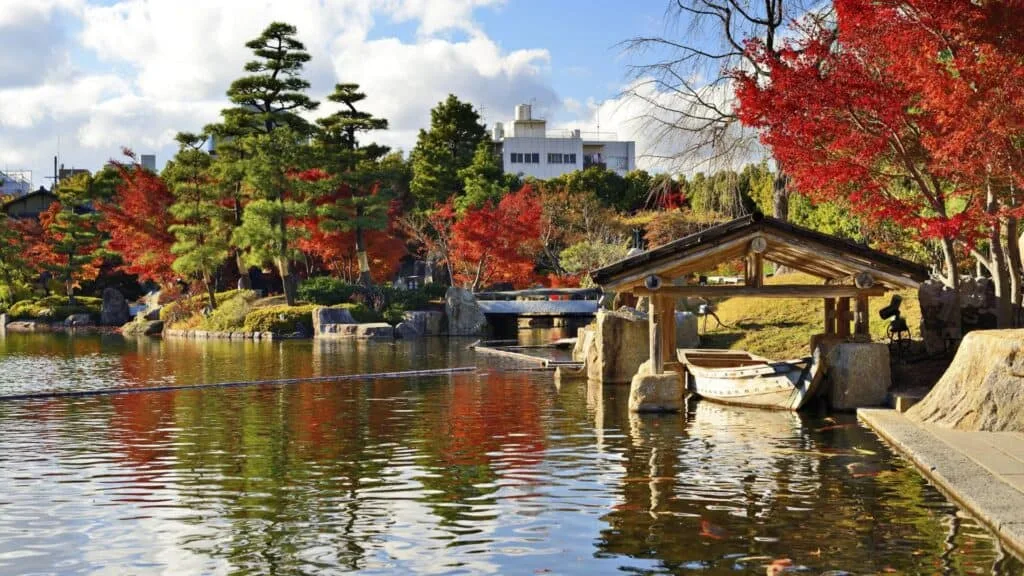
Tokugawa-En is a 45,000 m² park in Nagoya’s city centre that was created from the Owari Tokugawa family’s former daimyo palace. The Yomogiwa Bunko, a public library housing ancient works, and the Tokugawa Art Museum, which includes the Tale of Genji Picture Scrolls, a national treasure, and other items owned by Tokugawa Ieyasu, are both located on the premises.
While the Tokugawaen Garden has a variety of activities, including an open library and an art gallery, we suggest visiting the sizeable Japanese garden, which takes up most of the northern portion of the grounds. The garden is best viewed while taking in the volunteer guides’ instructions.
Location:
1001 Tokugawacho, Higashi Ward, Aichi 461-0023
Price:
| Type | Individuals | Group admission (20 people or more) | Group admission (100 people or more) | Combined ticket for Nagoya Castle | Combined ticket for Shirotori Garden |
| General public, high school students, and university students | 300yen | 270yen | 240yen | 640yen | 480yen |
| Senior local residents(65 and UP) | 100yen | 90yen | 80yen | 160yen | 160yen |
Opening Times:
9:30AM – 5PM
Closed on Mondays
4. Go shopping at Yanagibashi Central Market.

Yanagibashi Central Market is a 10-minute walk from Nagoya Station. About 300 stores are gathered together to sell fresh fish from the surrounding seas. In addition to fresh food, there are also restaurants where visitors can enjoy a variety of dishes such as tuna bowl, katsudon, sushi, and tempura.
Usually, the market stores open early in the morning and close around 10:00 a.m., but many of the restaurants are open until lunchtime, and some even stay open until nighttime. After browsing through the market’s fresh produce, you can enjoy breakfast or lunch at one of the market’s eateries.
Location:
4 Chome-15-2 Meieki, Nakamura Ward, Nagoya, Aichi 450-0002
Price:
Free
5. Learn about the Edo Period at the Tokugawa Art Museum.
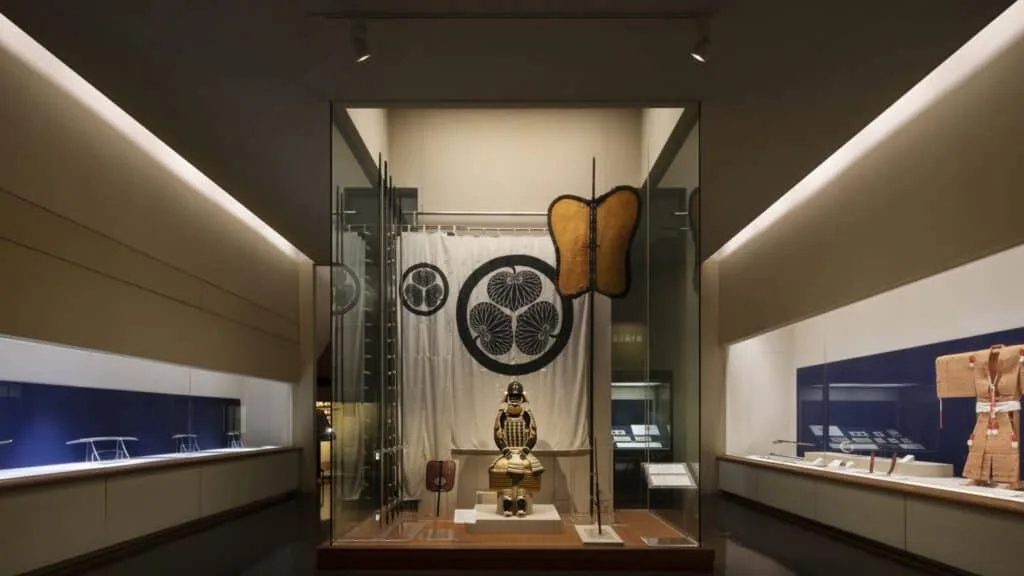
The Tokugawa Art Museum is a facility that exhibits the legacy of the Tokugawa family. Highlights include art and furnishings from the Heian period (794-1185) to the Edo period, including the national treasure “The Tale of Genji Picture Scroll.” The museum’s main collection consists of about 10,000 items, including armour, swords, tea ceremony utensils, and wedding furnishings.
All of the exhibits are of high quality and well-preserved, having escaped the ravages of the war and postwar period. The artworks are also displayed in the partially restored Ninomaru Palace of Nagoya Castle, which makes visitors feel as if they are being entertained by a feudal lord.
Location:
1017 Tokugawacho, Higashi Ward, Nagoya, Aichi 461-0023
Price:
1200 yen
Opening Times:
10AM – 5PM
Closed Monday
6. Take pictures of Shinkansens at Maglev & Railway Museum.
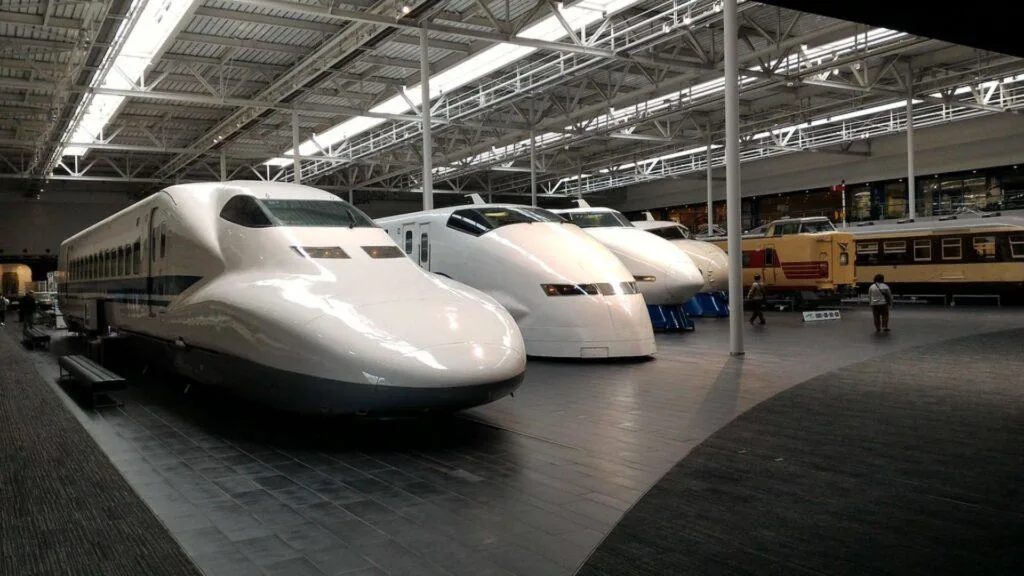
The railroad diorama, one of the largest in Japan, features a detailed reproduction of the scenery along the Tokaido Shinkansen line, making visitors feel as if they are taking a trip on the Shinkansen. The simulator, which allows visitors to experience driving a train, is very popular, and visitors can enjoy themselves as if they were the driver of a train. The museum is the first facility to introduce a conductor simulator, offering the rare experience of being a conductor.
Location:
3 Chome-2-2 Kinjofuto, Minato Ward, Nagoya, Aichi 455-0848
Price:
1000 yen
Opening Times:
10AM – 5:30PM
7. Eat some Hitsumabushi.
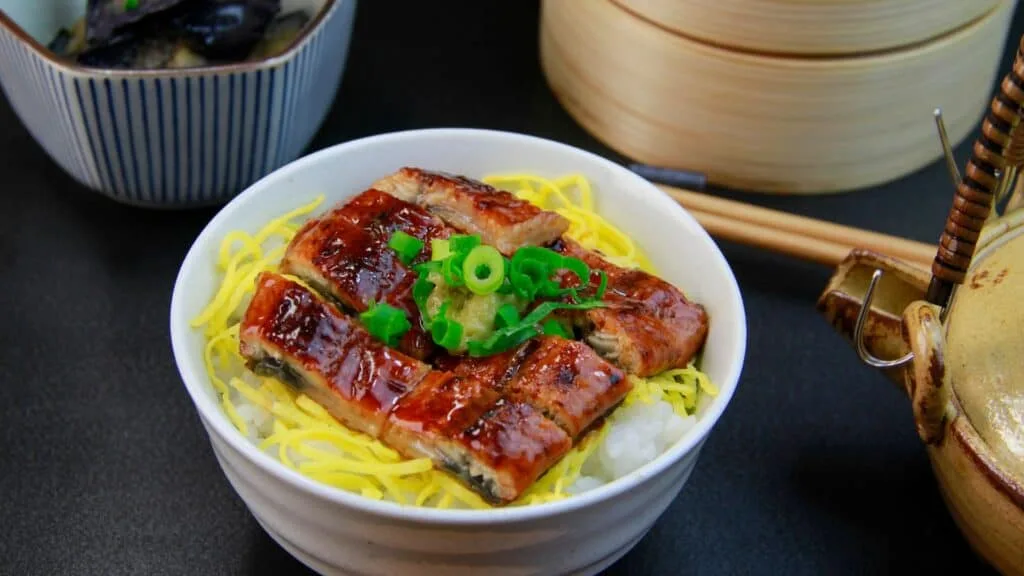
Hitsumabushi is a Nagoya speciality. A generous portion of chopped eel on a bed of rice is first eaten as it is. Next, it is served with condiments, and finally, it is eaten like chazuke (rice with green tea or soup stock), which is the most common way to eat it. There are many restaurants in Nagoya where you can enjoy Hitsumabushi. Each restaurant has its own specialities not only in the way they cook the eel and the sauce but also in the way they serve it.
Location:
Restaurants in Nagoya Area
Price:
$$ – $$$
8. Pay your respects and see some treasures at Atsuta Shrine.
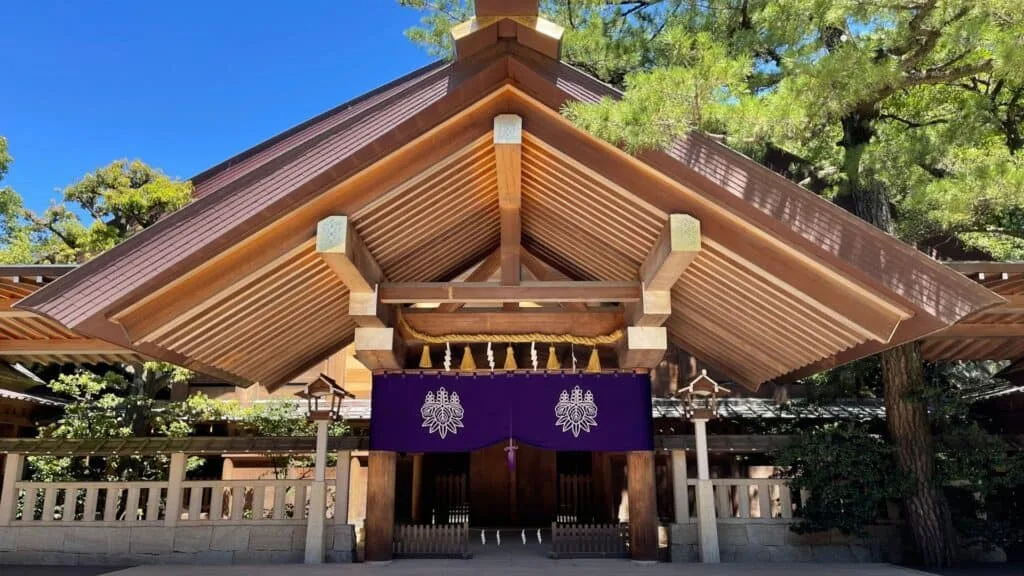
Atsuta Jingu Shrine has been revered as “Atsuta-san” since ancient times and has a history of more than 1,900 years. The grounds are lush with camphor trees more than 1,000 years old, and the air is clean and fresh as soon as you step into the shrine. Atsuta Shrine is also famous for enshrining the “Kusanagi Sword,” one of the “Three Sacred Treasures” of Japanese mythology.
One of the highlights is the Treasure House, where valuable treasures donated by the imperial family and others are displayed on a monthly basis. After visiting the main shrine and other shrines, stop by the Treasure House to learn more about the history of Atsuta Jingu Shrine.
Location:
1 Chome-1-1 Jingu, Atsuta Ward, Nagoya, Aichi 456-8585
Price:
Free
Opening Times:
Open 24 Hours
9. Wander around Osu Shopping Street
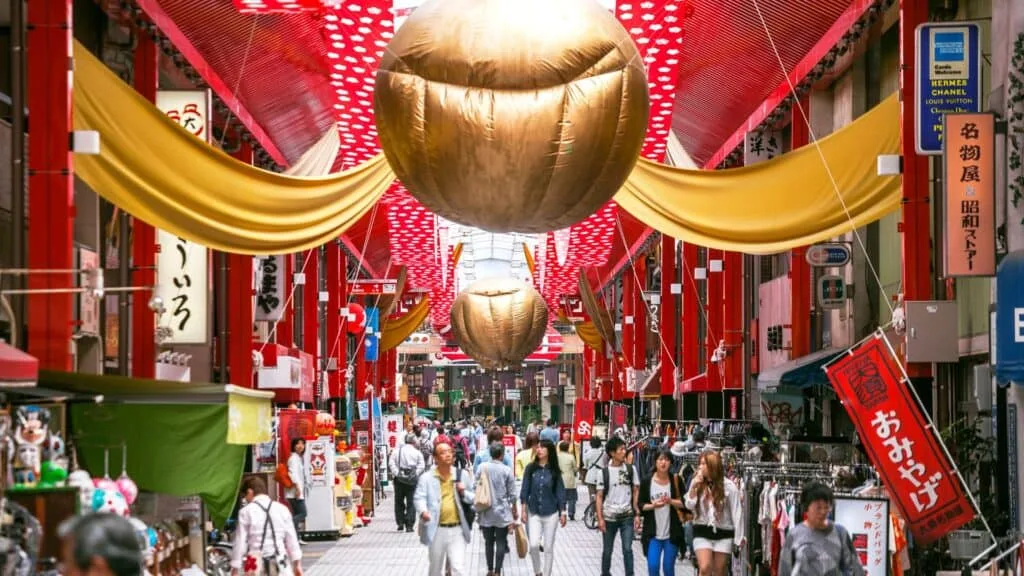
Osu Kannon is a temple that was moved to this area by Ieyasu Tokugawa, the first Tokugawa Shogun. The “Osu Shopping Street,” which developed as the town in front of the temple, is a shopping district that offers everything from shopping and dining to entertainment. With many select stores and vintage clothing shops, it is the perfect place to find unique fashions.
It is also a great place to eat and walk around, as food from all over the world are sold all around, including Brazilian, Turkish, and Taiwanese cuisine, as well as traditional Japanese sweets and Instagram-worthy treats. “Osu Uiro,” selling Nagoya’s speciality “Uiro,” and “Imai Sohonke,” selling Tenjin sweet chestnuts, are must-visit stores. It is also known as Nagoya’s subculture town, with an electronics district second only to Akihabara and Osaka’s Nihonbashi. If you are looking for maid cafes or anime figures in Nagoya, go to Osu.
Location:
Osu, Naka Ward, Nagoya, Aichi 460-0011
Price:
Free
10. Marvel at the large elliptical roof near Sakae Station.

One of the most eye-catching features of Oasis 21 is the large elliptical roof called a water spaceship. The upper part of the roof is filled with water, and the surrounding area is a parkway. From a height of 14 metres above the ground, visitors can enjoy a panoramic view of the city of Nagoya.
Nearby is the Nagoya TV Tower. Nagoya Station is conveniently connected to the Central Park underground shopping centre, which also has a bus terminal, restaurants, and a direct connection to the station.
Location:
3 Chome-5-12先 Sakae, Naka Ward, Nagoya, Aichi 460-0008
Price:
Free
11. Have dreams of flight at Flight of Dreams.

Flight of Dreams is an amazing aeroplane theme park located within Centrair. Upon entering the park, visitors will be greeted by the first Boeing 787, ZA001. You can use a smartphone application that allows you to walk around the aeroplane and see the details of each part.
The main attraction is “Fly with 787 Dreamliner,” a light and sound show using projection mapping that fills the entire venue. The show is created by “teamLab,” an expert in experiential art. From the Flight Park viewing area on the 4th floor, you can see the entire scene and feel as if you are flying with the Boeing 787.
Location:
〒479-0881 Aichi, Tokoname, Centrair, 1 Chome−1 中部国際空港
Price:
Free
Opening Hours:
10AM – 5PM
12. Find your dream car at Toyota Museum.
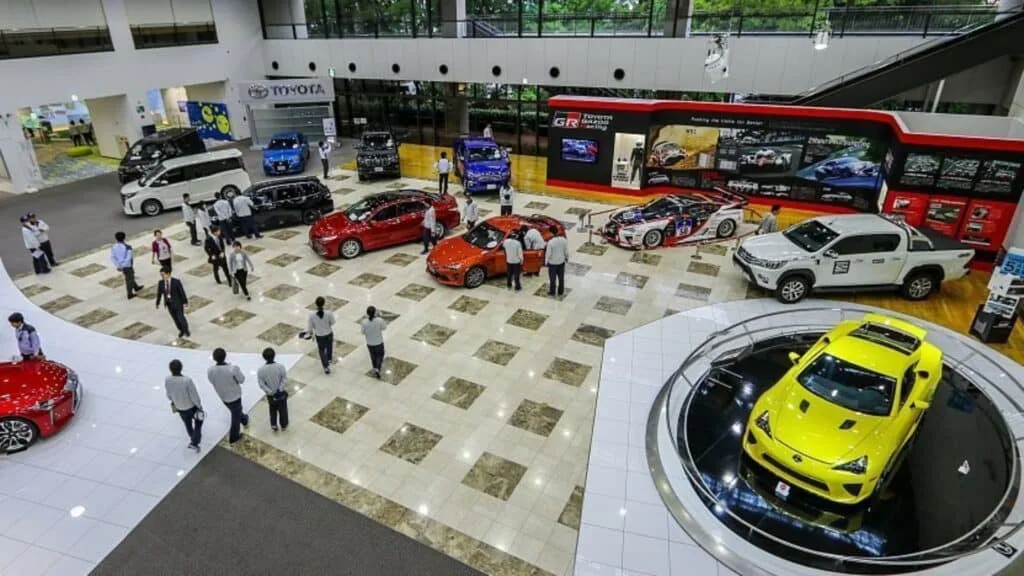
The Toyota Commemorative Museum of Industry and Technology, a vast red-brick building, was once a weaving factory founded by Sakichi Toyoda in 1911. This is the place where the Toyota Group began. The museum has exhibits on automobiles in four zones: the early days of the automobile business, the structure of the automobile and its components, development technology, and production technology. It is a place filled with the entire history of automobiles and factories.
If you love Toyota, don’t forget to shop for souvenirs. You will find a wide variety of stylish and useful items, some of which you may want to collect. This is the place to be, after all, a manufacturing giant.
Location:
41-100 Yokomichi, Nagakute, Aichi 480-1118
Price:
Individual visitors
Adults (ages 18+): 1,200 yen
Seniors (ages 65+): 700 yen
Junior high and high school students: 600 yen
Elementary school students: 400 yen
Opening Hours:
9:30AM – 5PM
13. Hang out with cute marine life at Nagoya Port Aquarium.
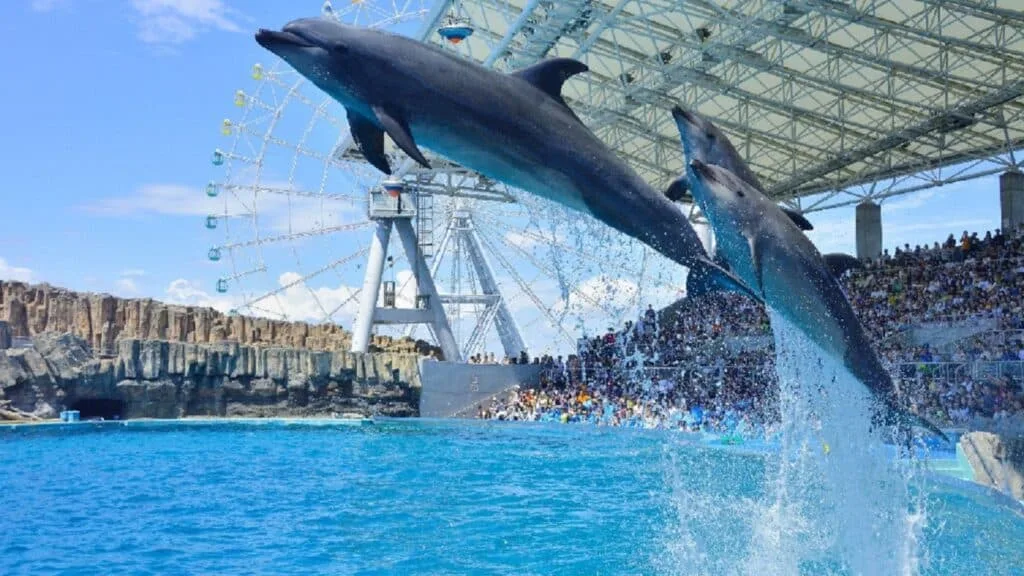
The Port of Nagoya Aquarium is where you can come into contact with a variety of marine life. The aquarium has Japan’s largest open-air aquarium, where dolphins perform. Next to the tank, you can also see cute beluga whales and large orcas. Jellyfish are displayed in the “Jellyfish Nagorimu” section.
At the “Touch Tank,” children can actually touch starfish and sea urchins. The aquarium features not only familiar sea creatures, but also beautiful coral reefs. You can learn a lot while having fun at the same time. It is recommended to check the event schedule before visiting.
Location:
1-3 Minatomachi, Minato Ward, Nagoya, Aichi 455-0033
Price:
Adults: 2,030 yen
Elementary/junior high school students: 1,010 yen
Children (ages 4 and above): 500 yen
Opening Hours:
9:30~17:30 (normal hours) / 9:30~17:00 (winter season hours) / 9:30~20:00 (Golden Week and summer vacation hours)
*Admission allowed until one hour before closing
14. Get brainy at Nagoya City Science Museum.
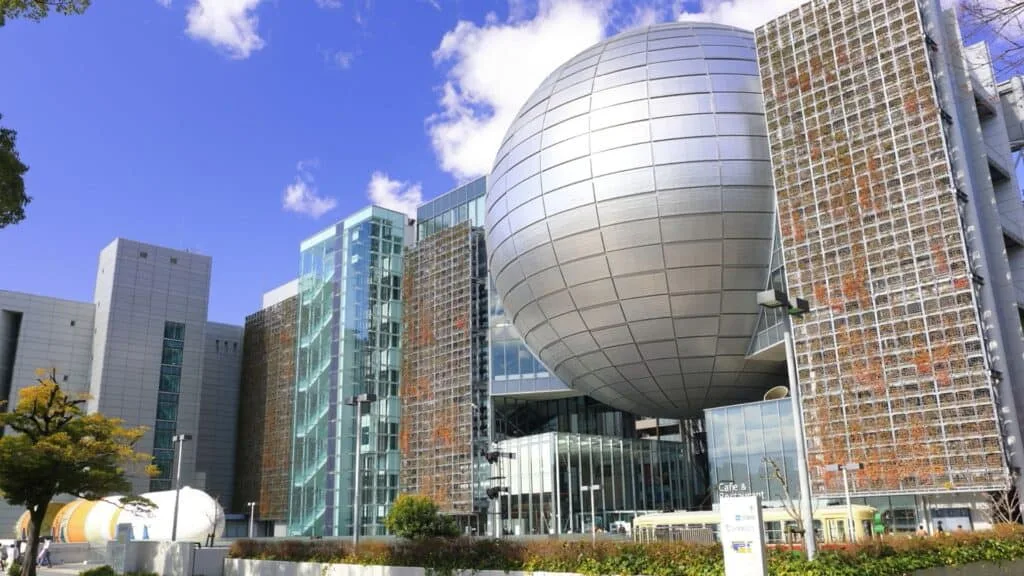
The Nagoya City Science Museum, located in the centre of Nagoya City, features a giant ball-like building and a huge rocket in front of it. The pavilion is divided into three themes: the Life Science Pavilion, with Earth and Life Science as its theme; the Science and Technology Pavilion, with Science and Technology as its theme; and the Astronomy Pavilion, with Space as its theme, with a total of more than 230 different exhibits.
Inside the sphere is a planetarium. The inner diameter of the dome is 35 metres, making it one of the largest planetariums in the world, where you can enjoy a starry sky that is as close to the real thing as possible. Visitors can experience the extreme cold of minus 30 degrees Celsius in the “Extreme Cold Laboratory.” The museum also has a reconstructed skeleton of a Mapsaurus, a dinosaur that lived on Earth one million years ago. The many exhibits are sure to entertain children with the power of science.
Location:
〒460-0008 Aichi, Nagoya, Naka Ward, Sakae, 2 Chome−17−1 芸術と科学の杜・白川公園内
Price:
- Adults: 800 yen (museum only) or 1,200 yen (museum + planetarium)
- High school and university students: 500 yen (museum only) or 700 yen (museum + planetarium)
- Junior high school students and younger: Free
Opening Hours:
9:30 AM – 5:00 PM, with the last entry at 4:30 PM. The museum is closed on Mondays (or the following day if Monday is a national holiday), and from December 29 to January 3.
* These hours do not apply to planetarium night projections.
15. Have a memorable family trip at Legoland Japan.
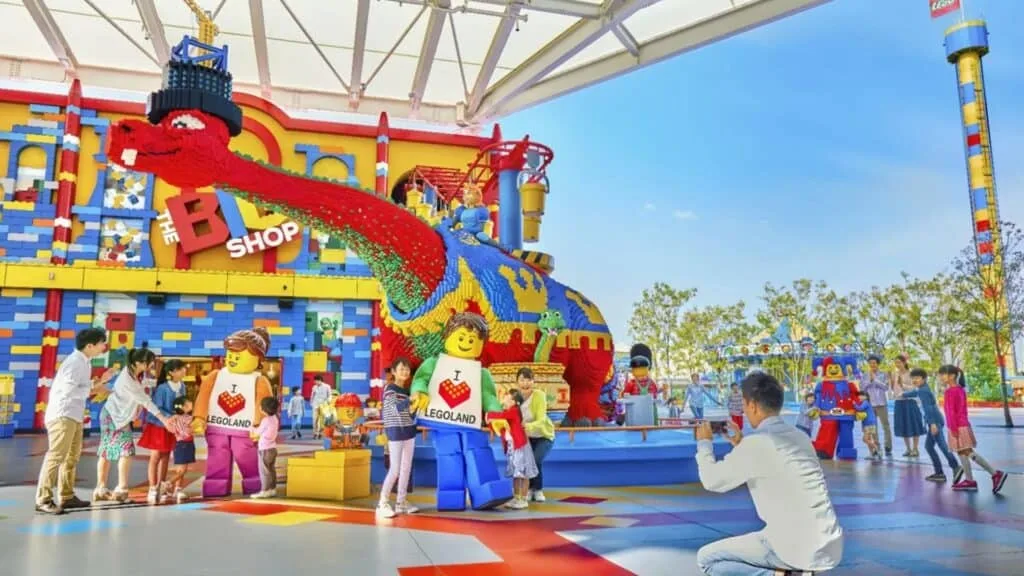
In Nagoya, Legoland Japan opened its doors in April 2017. The outdoor amusement park features many kid-friendly attractions as well as those that will interest accompanying adults. Large Lego models, rides, building stations, and dining places are all to be expected.
The amusement park is divided into seven themed regions that correspond to the various universes in the Lego universe. “Miniland Japan,” which is built entirely out of Lego bricks in the centre of the park, features many of the nation’s most well-known landmarks.
Location:
LEGOLAND Japan Limited, 2-2-1 Kinjoufutou, Minato-ku Nagoya-shi, Aichi 455-8605
Price:
Adults (12+ years old): 4,600 yen
Children: 3,400 yen
Opening Hours:
10AM – 5PM every day
Be Sure to Add Nagoya to Your Japan Travel Itinerary
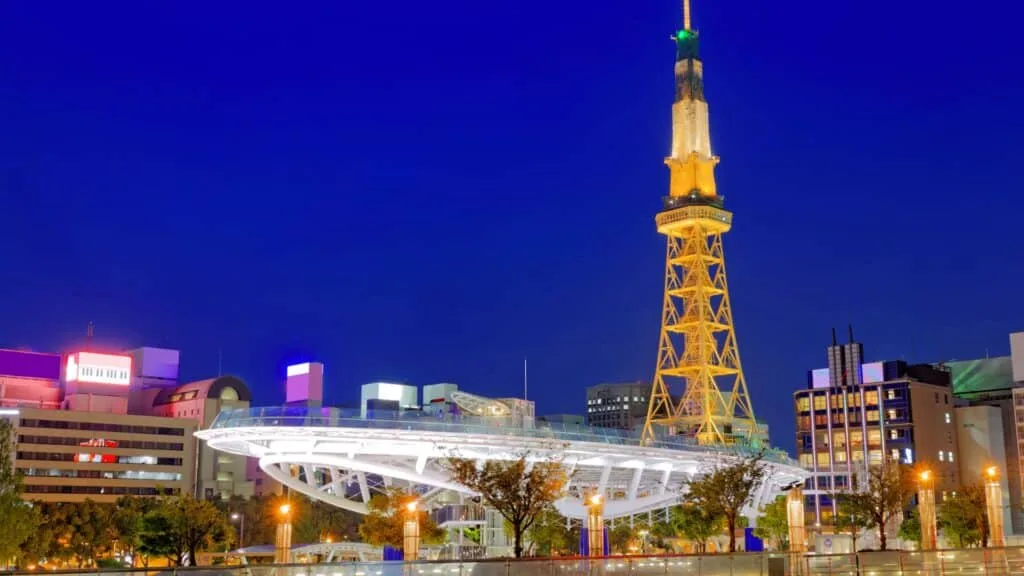
Nagoya merits a place on the list of must-visit locations in Japan because of its rich culture, diverse cuisine, and convenient location halfway between Osaka and Tokyo. There is something for everyone in and around this historic jewel of central Japan, from the bustle of Yanagibashi Central Market to the serene views of Tokugawaen Park.







